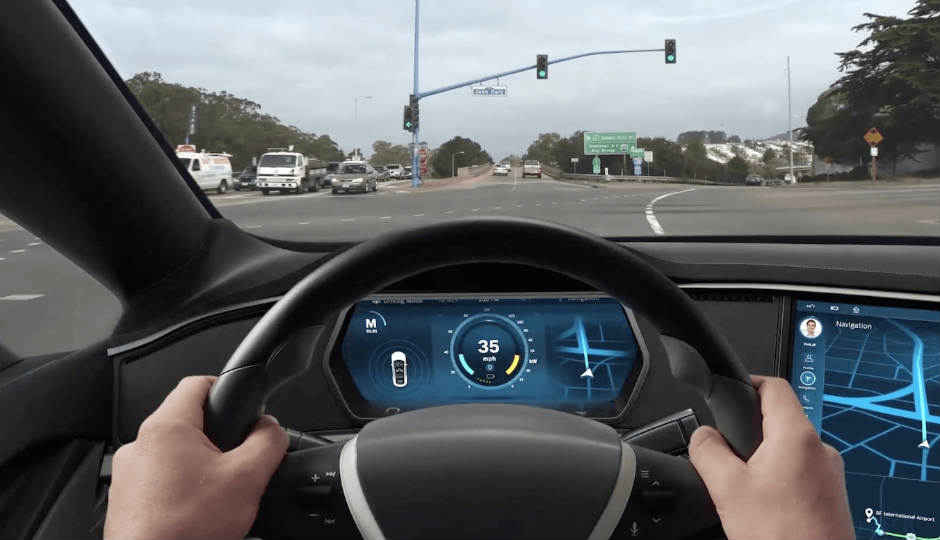Here’s how Bosch’s Level 3 autonomous driving system works
HD maps, machine learning, sensor data and prompt timers.

It is no great news that more and more companies are testing their own autonomous driving systems of late. At the ZF Global Press Conference earlier this year, the company spoke about how its subsidiaries are also working independently to make their own technology available for adoption for carmakers. One such company is Bosch, which also happens to be owned by ZF.
 Survey
SurveyBosch is now pitting Level 3 autonomy in its road tests, which takes the assistive driving system one step ahead of preliminary features like adaptive cruise control. The system has a central computer that control multiple elements – from high definition mapping with deep learning algorithms, to a host of cameras and sensors, to an adept end-user interface. The Bosch level 3 autonomous system works exactly as has been explained to us in theory, time and again. The high definition map covers specific stretches of roads, and provides the car's computer with a clear vision of the road ahead, traffic and road condition feed, and combine this data with its native equipment array. The onboard equipment list includes a panoramic camera configuration, 360-degree sensors, proximity and speed gauging radars.
These will be further linked over the cloud to enable a network of maps to come into being. This will allow cars to share live traffic data, including road conditions, traffic data, accidents, etc. The uploading of this data will be done in compressed information packets and not live image data to save bandwidth and make the entire system work more fluidly. Alongside, the Bosch level 3 autonomous system will include a large end-user display that combines every element of the car – air conditioning, music, etc., alongside working as the interface for alerting a drive to the status of the car's autonomous workings.
So, how it would work is when driving, as the car enters a section of road registered by the HD mapping, a prompt will suggest assistive computers to take over. Tapping buttons on the steering wheel will activate the computers to take control, at which point all the cameras and sensors work in tandem with the map to continue driving on its own. The singular features that will come in action here include lane tracking, autonomous emergency braking, blind spot monitoring, and others. Once you run out of the map's range, or traffic intensifies, the screen will prompt with visual and audio alerts to take control.
At this point, if a human fails to intervene, the car will switch on the alert signals, switch lanes to a safe spot, slow down and come to a halt. It is not an entirely new piece of technology, and follows the same format as most of the established autonomous systems. Nevertheless, the practical demonstrations work as proof of concept, that such technology can indeed take a lot of stress off the human driver.